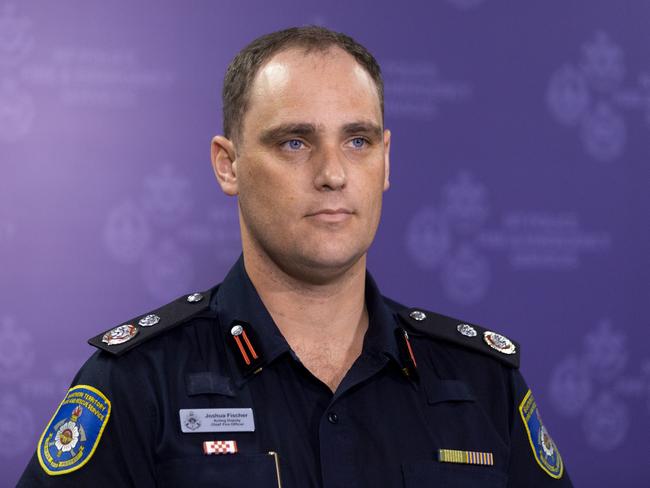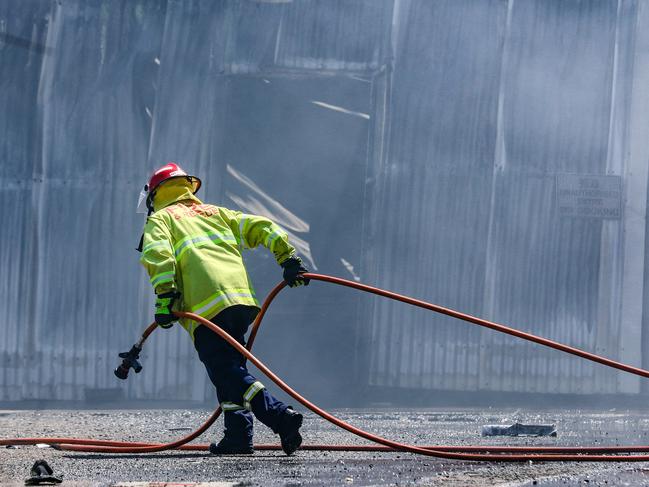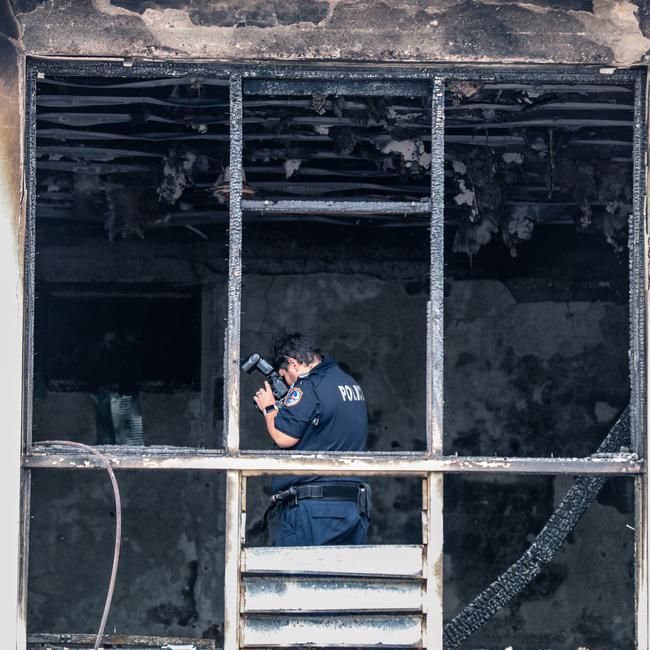NTFES issues warning as firefighters respond to more structure fires across Northern Territory
The Northern Territory is experiencing an increase in structure blazes this year as the Top End records above average fire service call outs. The service has issued a warning for homeowners.
Northern Territory
Don't miss out on the headlines from Northern Territory. Followed categories will be added to My News.
With more than three months left in 2022, the Territory has already surpassed the two previous years’ structure fire count.
NT firefighters have responded to 136 reported fires involving commercial buildings and homes since January 1.
There were 131 fires in 2021 and 129 in 2020.
A structure fire is defined as anything that is a liveable space or provides space for work or employment – a structure that has four walls and a roof such as homes and workplaces.
Of the 136 reported fires as of September 20, 28 were being investigated because of their significance.
Nine fires were found to be sparked by electrical faults involving items such as a massage gun, TVs and an e-scooter.
The rest of the investigated incidents were deemed as “accidental” or remain as ongoing investigations.
Acting Deputy Chief Fire Officer Joshua Fischer said it was unclear why the 2022 total was significantly higher but implored people to consider fire safety methods around their homes and workplaces.

“We certainly cannot forecast how many structure fires we may or may not get. We want to prevent the amount of structure fires occurring,” Mr Fischer said.
“That’s why we have things like the National Construction Code to ensure that buildings have been built to relevant codes that incorporate life and fire safety systems.”
A blaze tore through a Berrimah medical supply warehouse in August, causing an eye-watering $30m worth of damage.
The source of the inferno was found to be a malfunction of an electrical item.

Another one of the 136 reports was a man and his dog who tragically died in a Humpty Doo donga blaze in March 2022.
Mr Fischer said one of the most common causes of accidental fire structures was overloading power boards.
This could look like a dual adaptor plugged into the power board to effectively double the amount of available places to insert a power device or a power cord, he said.
“What we see is if it’s got an outlet for four power cords, then that’s a maximum of four, you can’t put a double adapter in and then continue to overload that,” Mr Fischer said.
“It can also come down to the type of electrical item that you have plugged in and certain electrical items draw larger current which then can create other electrical faults or heating of the wires which then can result in fires.”

Mr Fischer said a house could go up in flames in a matter of minutes and run “in excess of 1500 celsius”.
Mr Fischer asked Territorians to make April Fools’ Day the annual date to change the batteries in smoke alarms.
“The other element that’s really important in structure fires is closed doors, so not sleeping with your bedroom doors open,” he said.
“If you can, close off certain areas of your home that can prevent the spread of fire occurring beyond where that fire may be originating from.
“If we look at the data nationally, most home structure fires or fires occurring within a residential place occur at night-time when people are sleeping and less prepared or less aware.”
More Coverage
Originally published as NTFES issues warning as firefighters respond to more structure fires across Northern Territory




